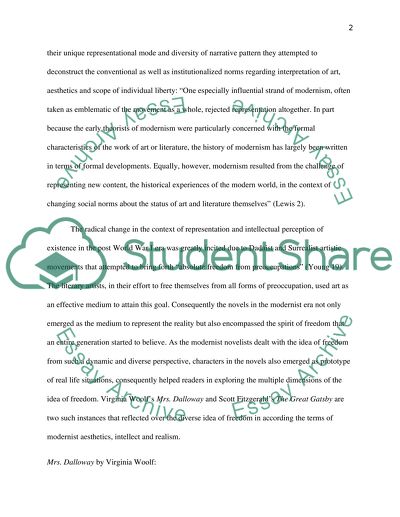Cite this document
(“Mrs Dalloway and The Great Gatsby - Thematic, Narrative and Philosophi Book Report/Review”, n.d.)
Mrs Dalloway and The Great Gatsby - Thematic, Narrative and Philosophi Book Report/Review. Retrieved from https://studentshare.org/literature/1418868-comparative-essay-of-mrs-dalloway-by-virginia
Mrs Dalloway and The Great Gatsby - Thematic, Narrative and Philosophi Book Report/Review. Retrieved from https://studentshare.org/literature/1418868-comparative-essay-of-mrs-dalloway-by-virginia
(Mrs Dalloway and The Great Gatsby - Thematic, Narrative and Philosophi Book Report/Review)
Mrs Dalloway and The Great Gatsby - Thematic, Narrative and Philosophi Book Report/Review. https://studentshare.org/literature/1418868-comparative-essay-of-mrs-dalloway-by-virginia.
Mrs Dalloway and The Great Gatsby - Thematic, Narrative and Philosophi Book Report/Review. https://studentshare.org/literature/1418868-comparative-essay-of-mrs-dalloway-by-virginia.
“Mrs Dalloway and The Great Gatsby - Thematic, Narrative and Philosophi Book Report/Review”, n.d. https://studentshare.org/literature/1418868-comparative-essay-of-mrs-dalloway-by-virginia.


